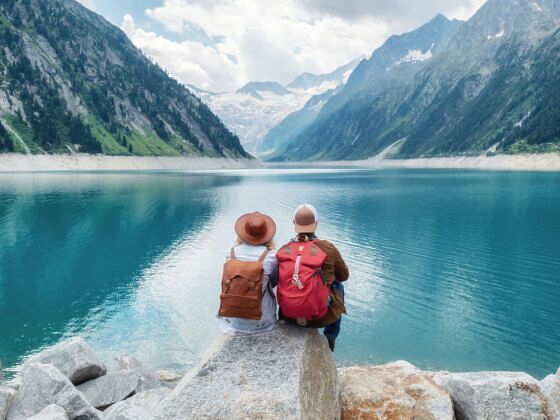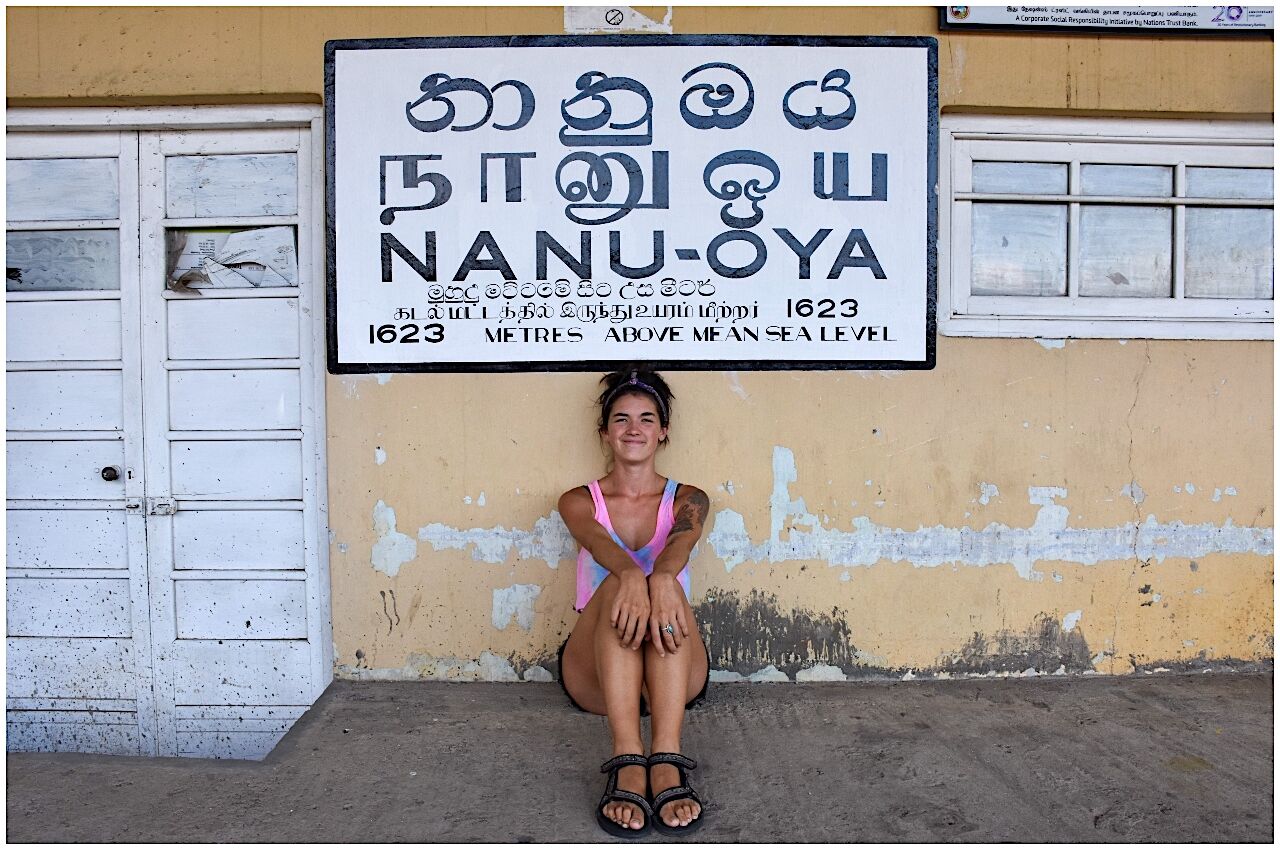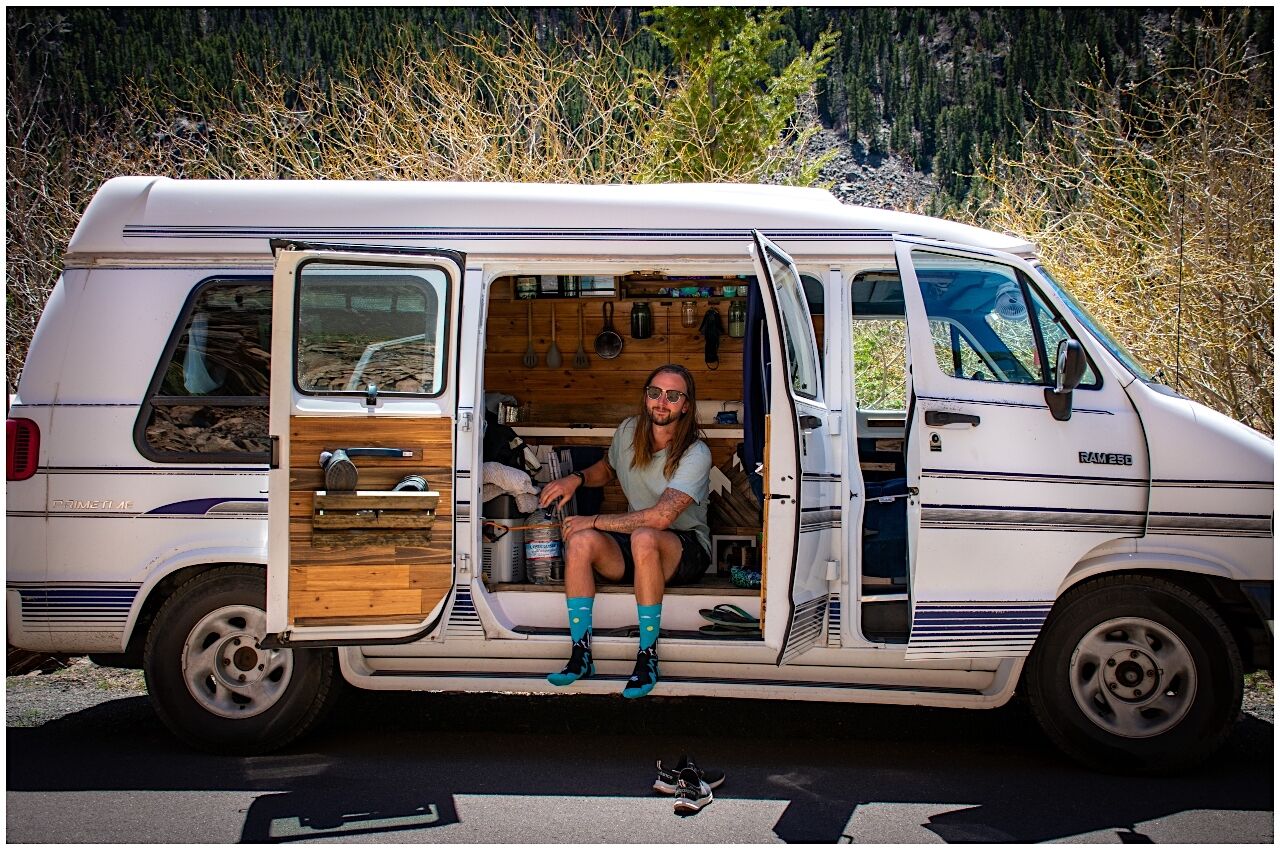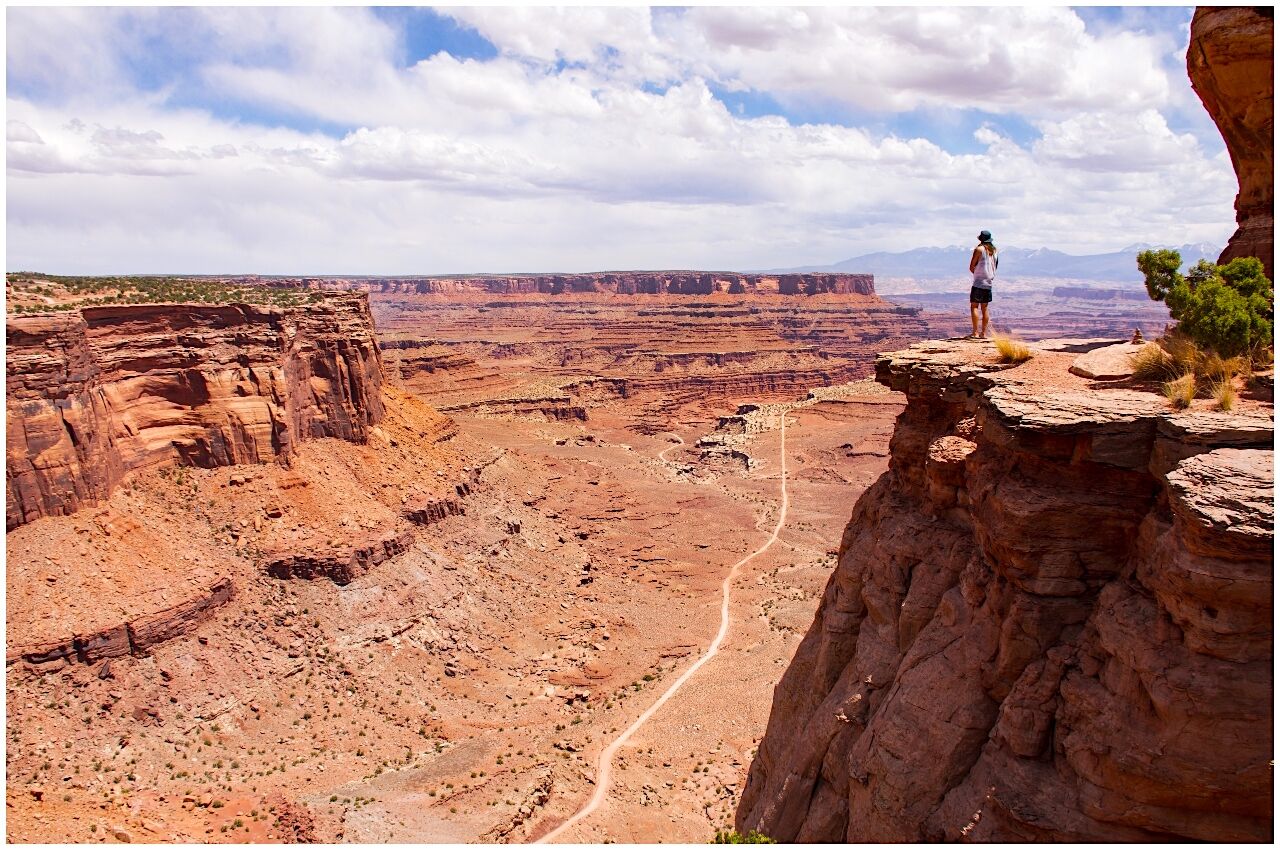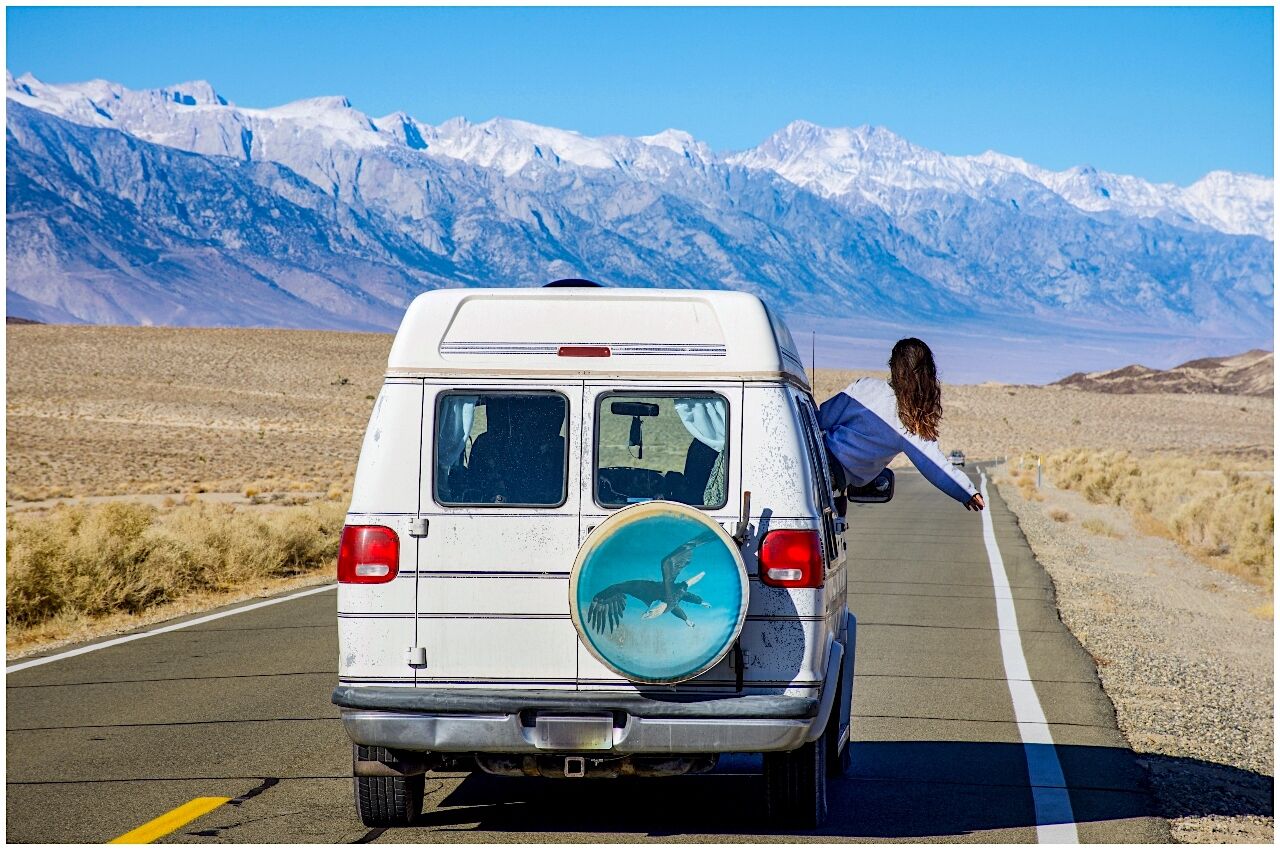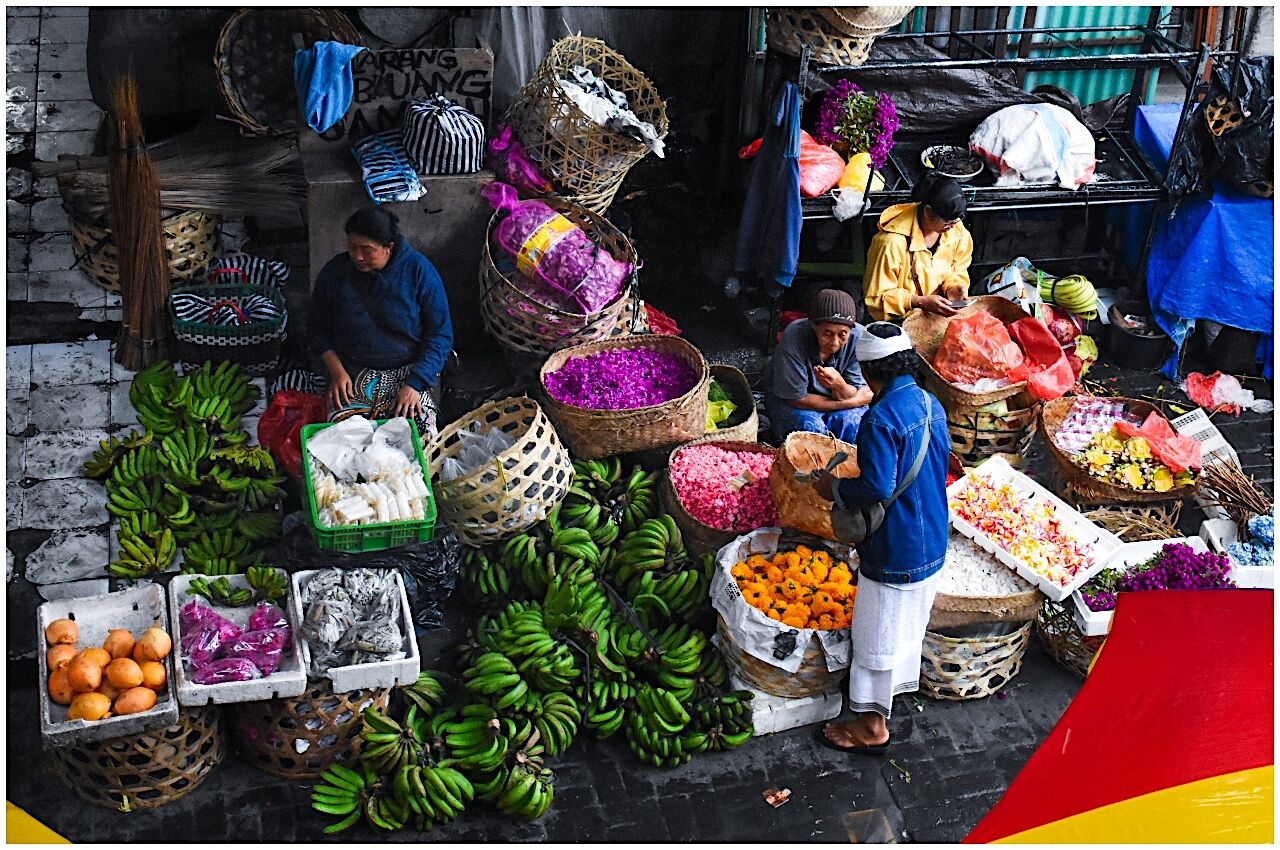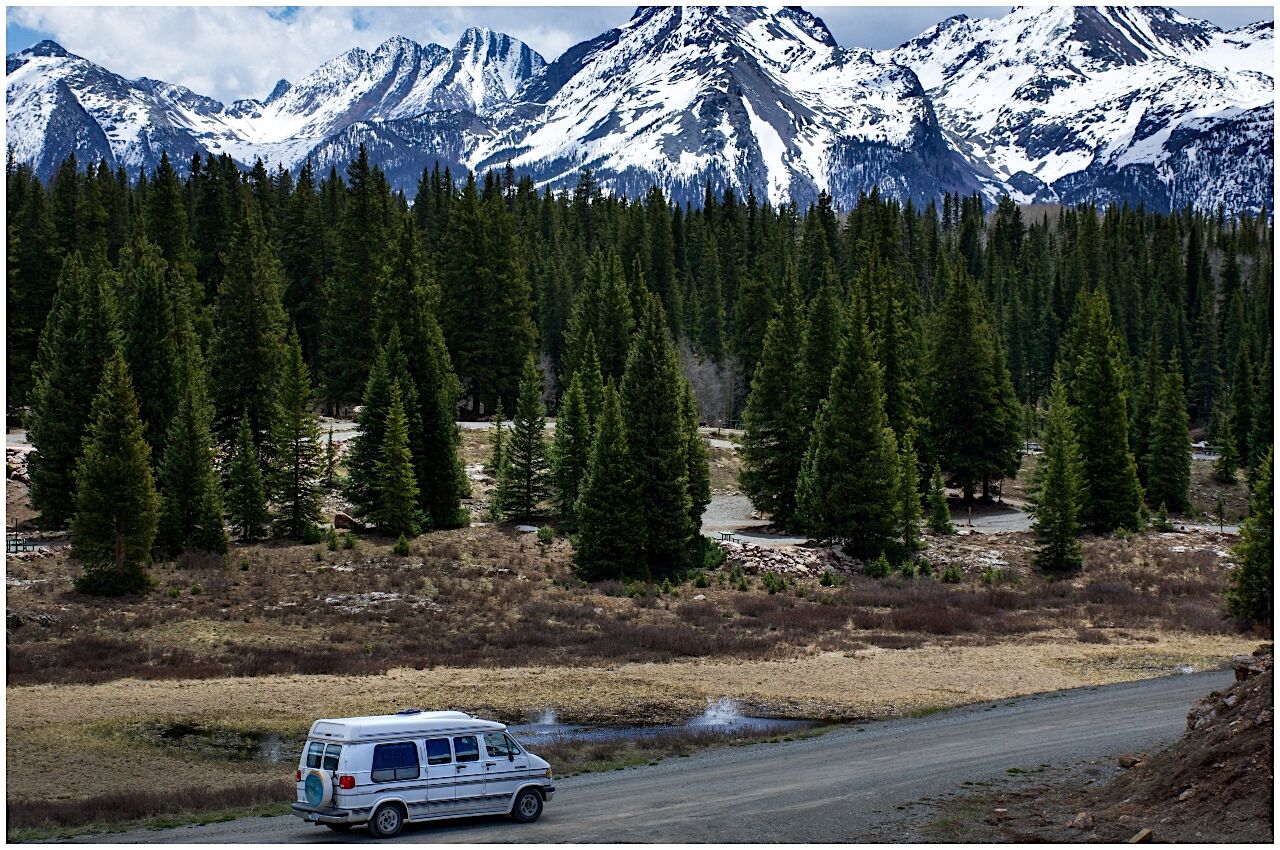The life of a nomad, digital or otherwise, is blessed with unfettered freedom, simple pleasures, and intrepid experiences. Unsurprisingly, it’s growing in popularity by the year, but deciding what form of travel — backpacking or van life — is best for you and your budget requires a little consideration.
Before I was a travel writer, I was earnestly searching for ways to stay on the road longer. I spent a year with my fiance, binging street food and wandering foreign cities as a backpacker. When the pandemic dashed all hopes of continuing, we traveled closer to home in a hastily built and albeit questionably mechanically sound campervan. By meticulously documenting our every expense, I discovered that full-time travel can be achieved for about the same cost as renting a one-bedroom apartment in the United States. But which version of long-term travel is more cost-effective for budget-conscious travelers — van life or traditional backpacking?
